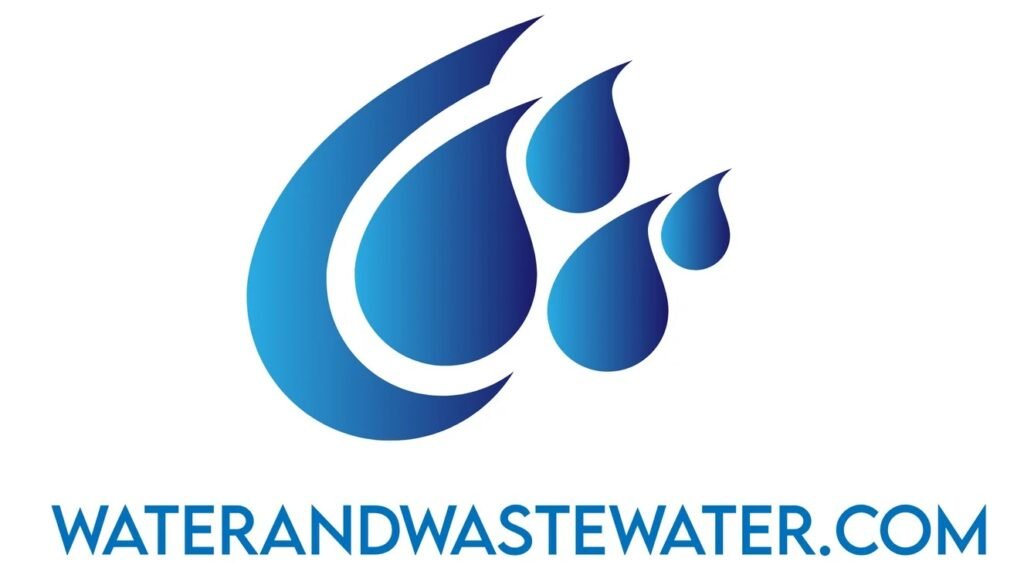Tag: Environmental Impact
Membrane bioreactors, known as MBRs, are an advanced solution for wastewater treatment, combining conventional biological processes with membrane filtration. This technology has significantly evolved over the past decade, addressing many of the limitations found in traditional treatment methods. MBR systems integrate a suspended growth bioreactor with filtration capabilities, typically utilizing microfiltration or ultrafiltration membranes to […]
Light-emitting diode (LED) UV systems are revolutionizing the approach to disinfection in wastewater treatment facilities. By harnessing the power of ultraviolet (UV) light, these systems offer a chemical-free method for effectively inactivating pathogens in wastewater. Compared to traditional UV sources, LEDs operate with greater energy efficiency and possess a longer lifespan, enabling more sustainable and […]
Drying beds in wastewater treatment are an essential component for the efficient management and recycling of the byproducts of treated water. They operate on a relatively simple principle: separating solids from the liquid in sludge and then allowing the water content to evaporate, leaving behind dried solids that can be disposed of or repurposed. The […]
Rectangular clarifiers are a common feature in wastewater treatment plants, serving a critical role in the sedimentation process. These structures are engineered to utilize gravity for the separation of particulate matter from wastewater. The design of rectangular clarifiers ensures that water enters at one end and exits at the opposite end, promoting an efficient flow […]
Gravity thickeners are an integral component of wastewater treatment plants, serving a crucial role in the processing of sludge. These systems utilize the principle of sedimentation, where solids separate from liquids due to the force of gravity. The higher-density solids gradually settle at the bottom of a tank, allowing clearer water to remain at the […]
Understanding the role of gray water in wastewater management is crucial for the efficient use of water resources. Graywater, essentially the reuse of domestic wastewater from sinks, showers, and washing machines, can significantly reduce the total volume of wastewater requiring treatment. This sustainable practice not only saves water but also lessens the load on sewage […]
Ozone laundry systems represent an innovative approach to wastewater treatment that leverages the power of ozone—a potent oxidizing agent—to sanitize laundry and disinfect wastewater. These systems inject ozone gas into the water, reducing the need for high-temperature water and chemical detergents. By utilizing the natural properties of ozone to break down contaminants, these systems can […]
Trickling filters are a well-established method for treating wastewater, offering a reliable way to reduce the amount of organic material before it is returned to the environment or reused. These systems involve a biological process where microorganisms attached to a medium break down pollutants in the water. Their simple yet effective design makes them suitable […]
Offset clarifiers are an integral component in the wastewater treatment process, designed to enhance the settling and removal of solids from wastewater streams. By utilizing a unique configuration that offsets the clarifier basin from the inlet flow, these structures aim to maximize particle settling by reducing turbulence and providing optimal flow conditions. This design halts […]
Microscreens are an essential component in modern wastewater treatment processes, designed to remove fine particles from effluent streams. They operate by filtering water through screens with very small openings, which are capable of capturing particles that are often missed by larger screening systems. Due to their fine level of filtration, micro screens play a crucial […]
